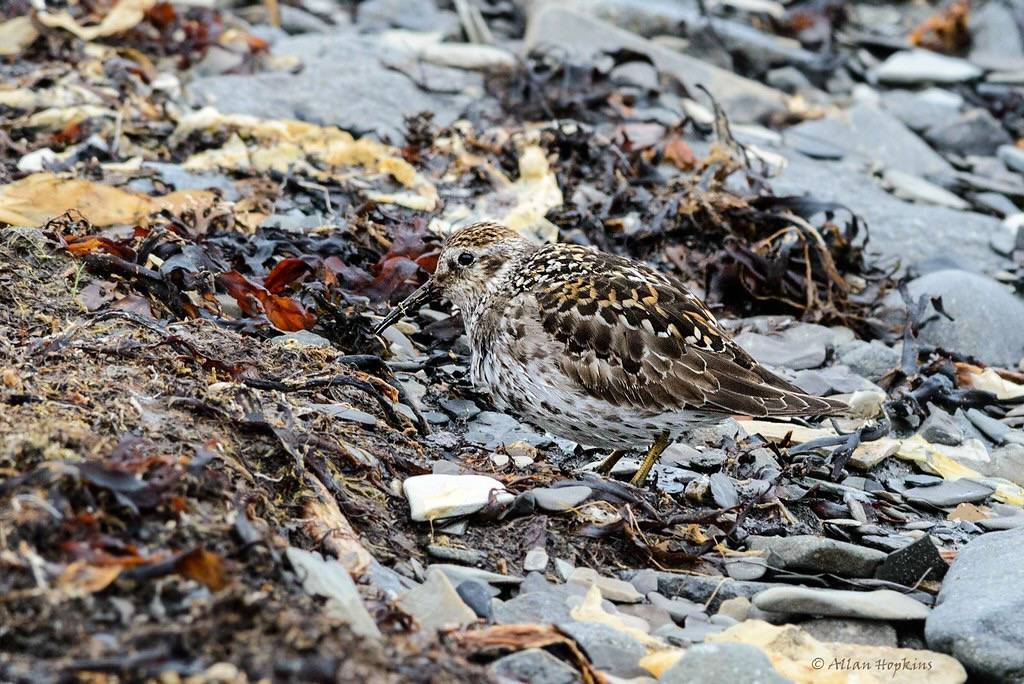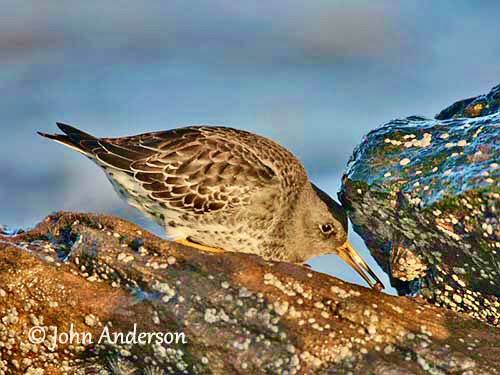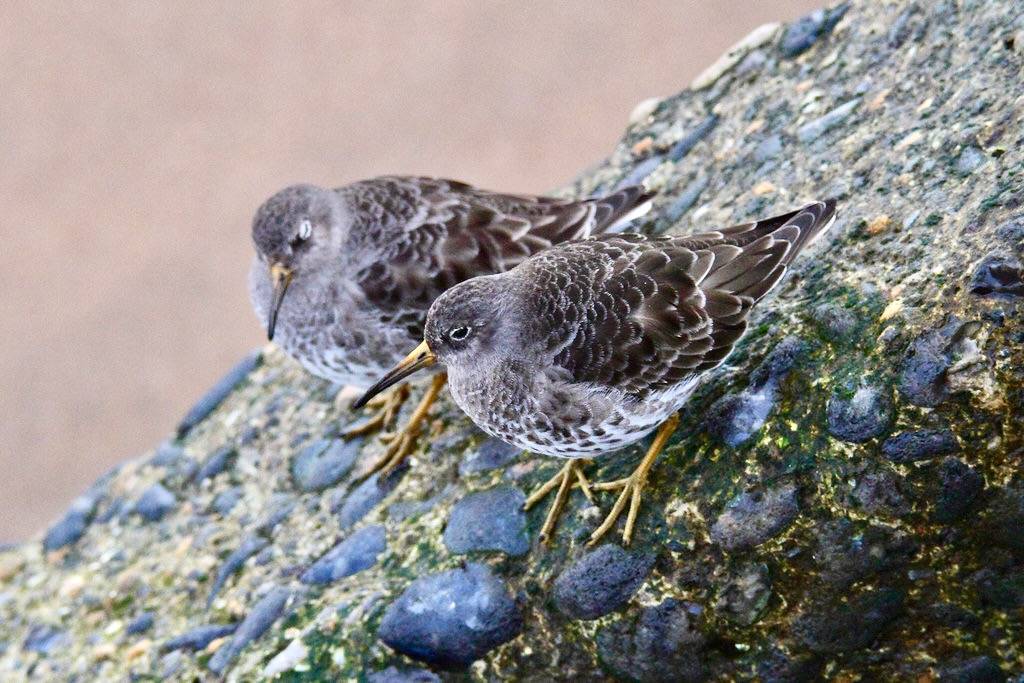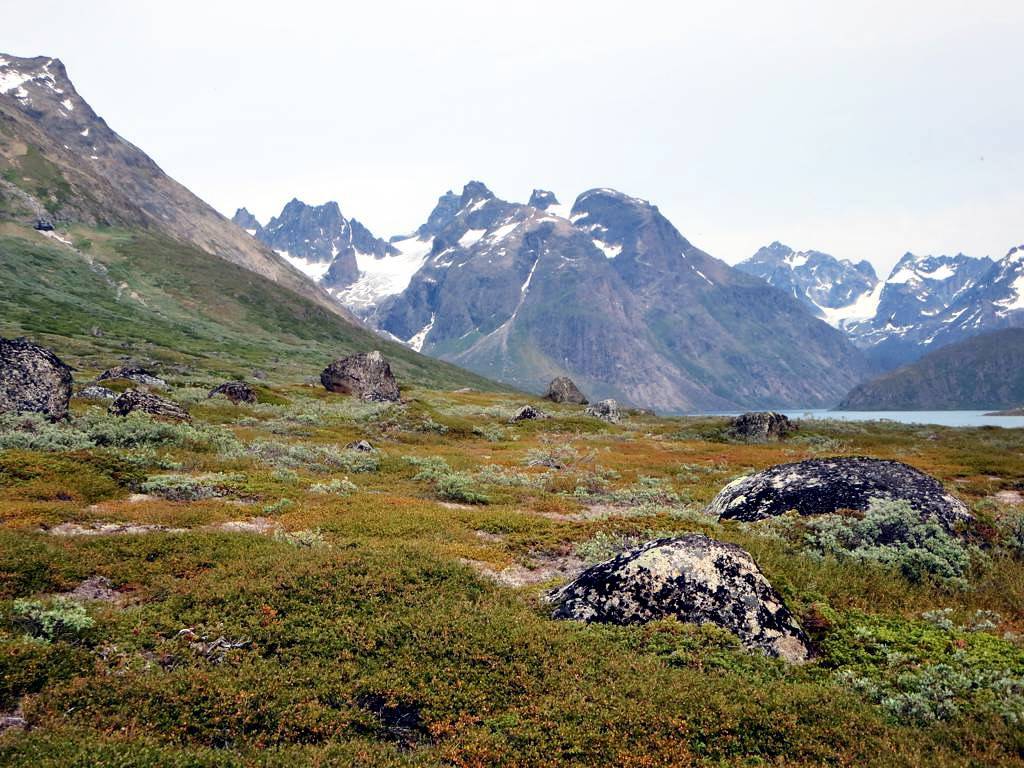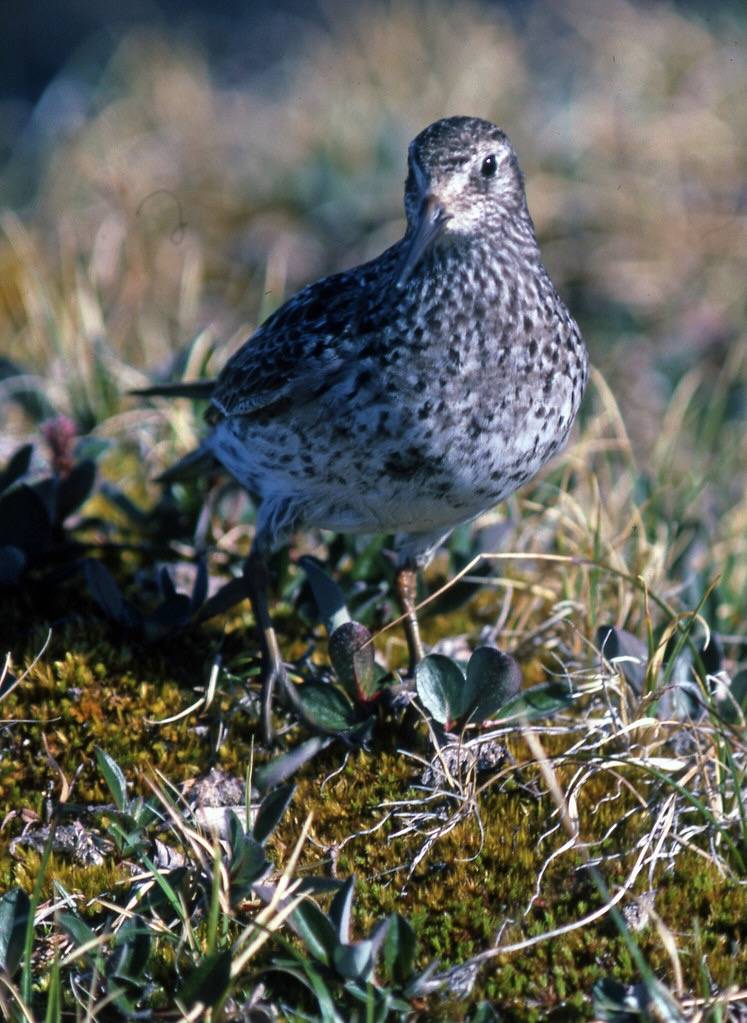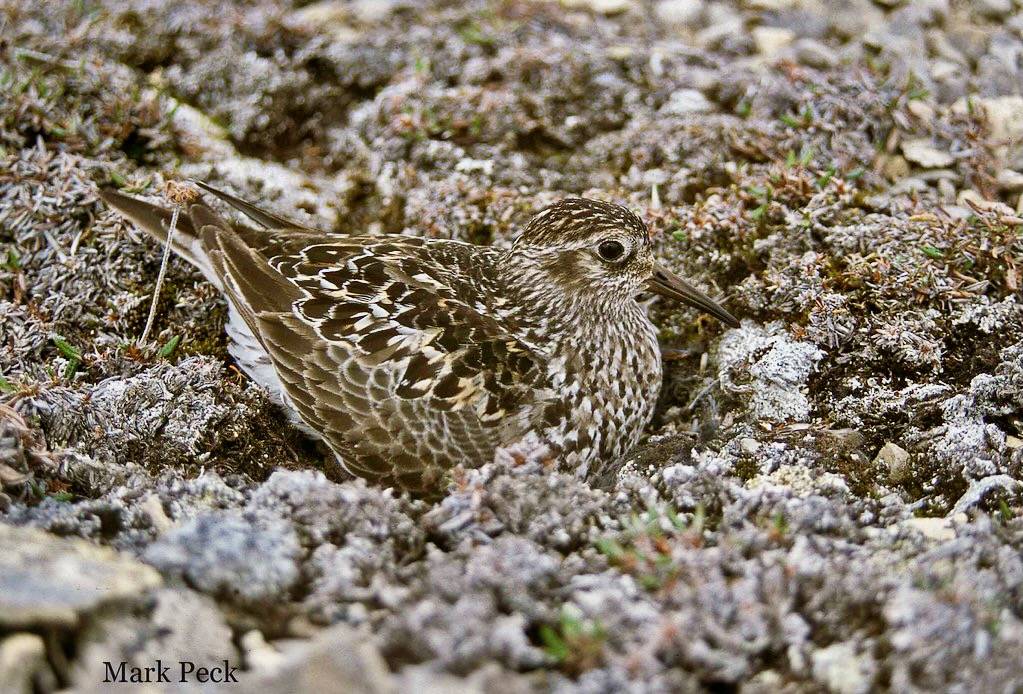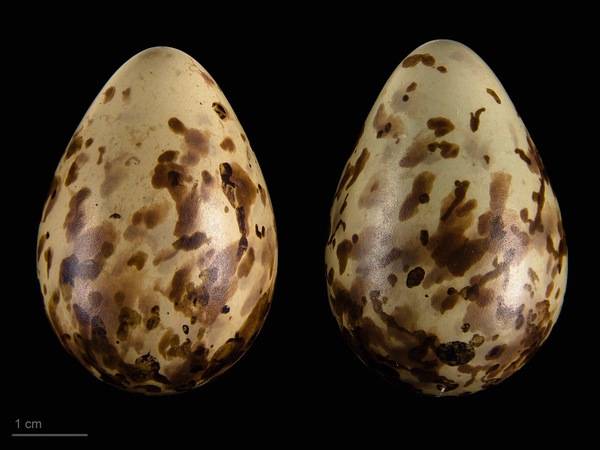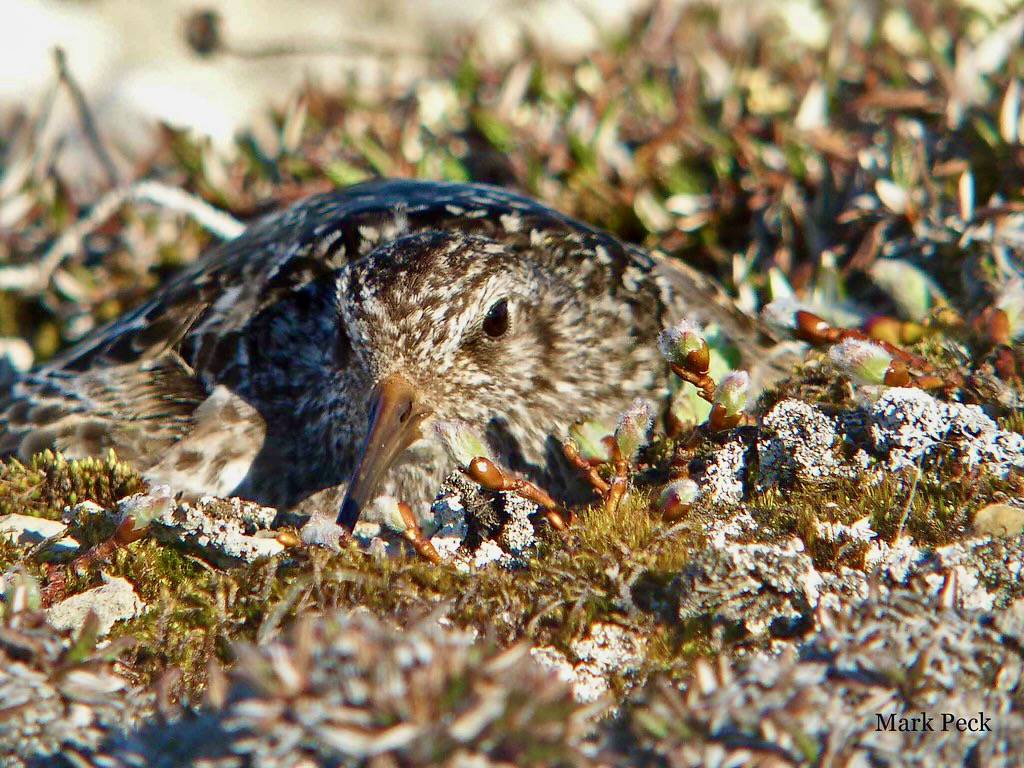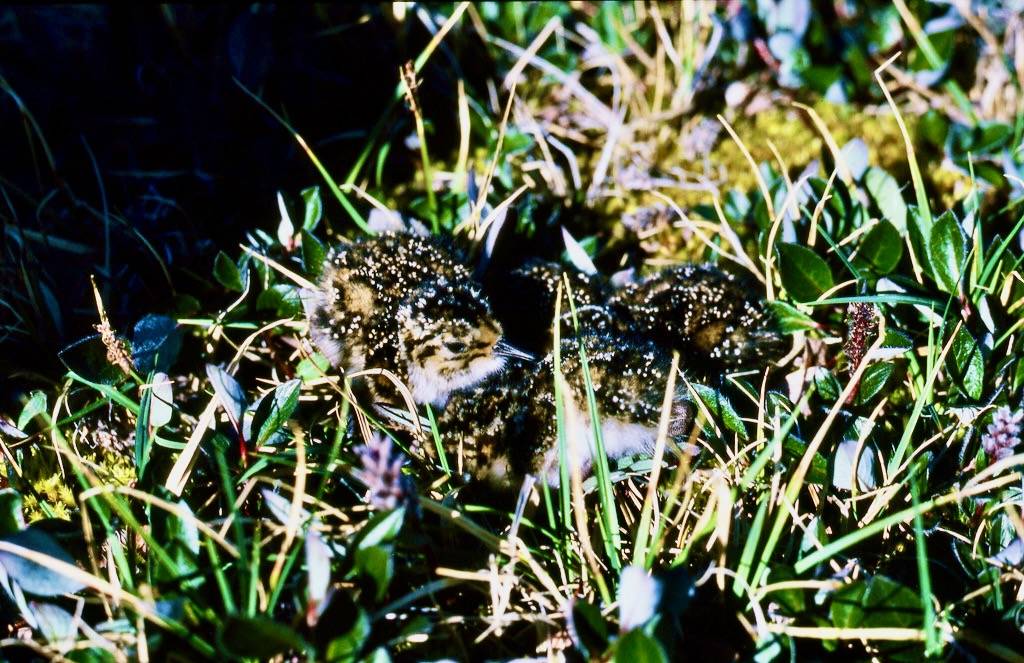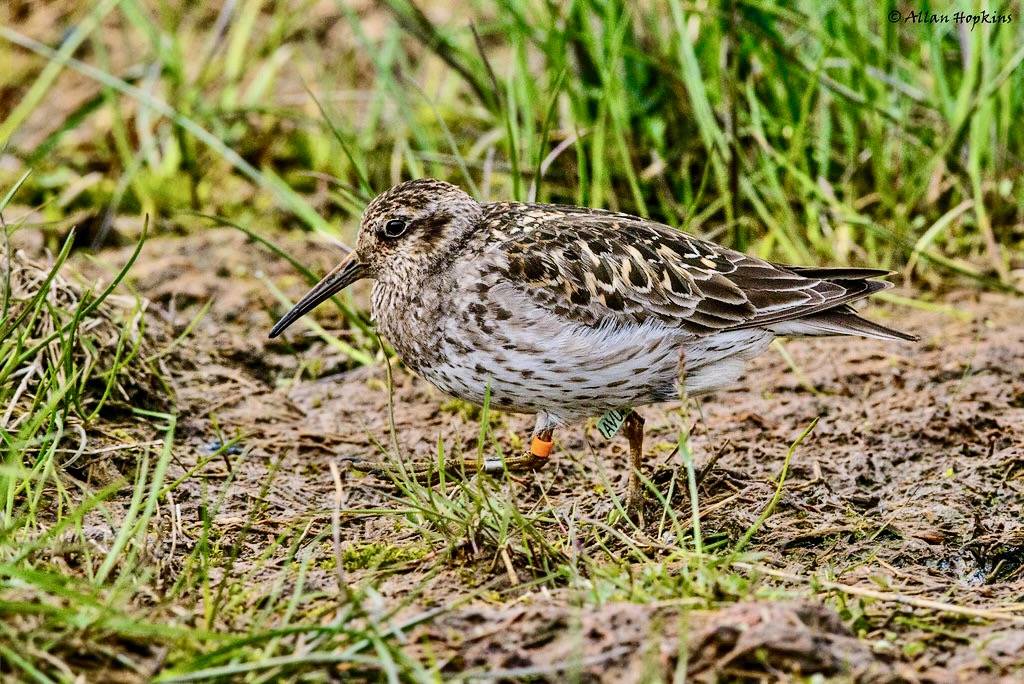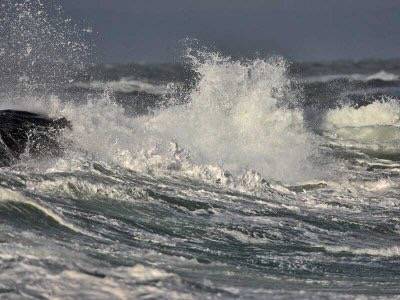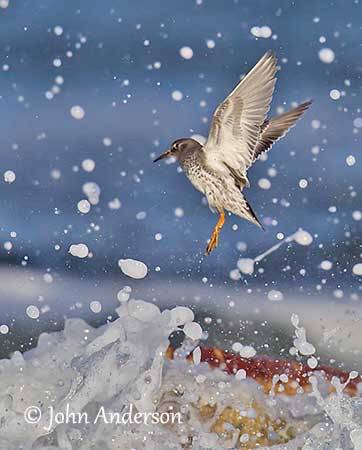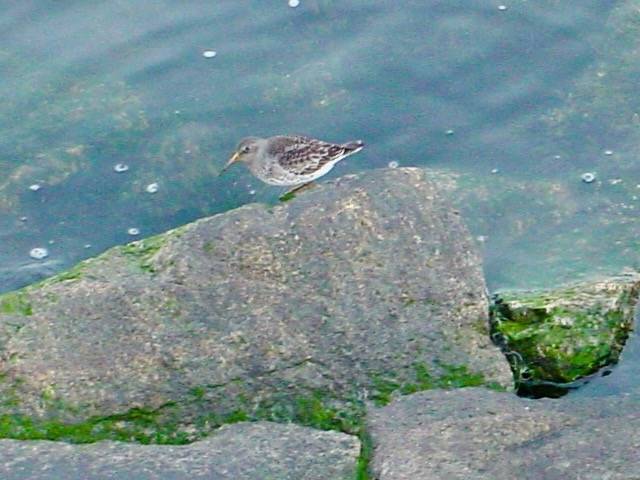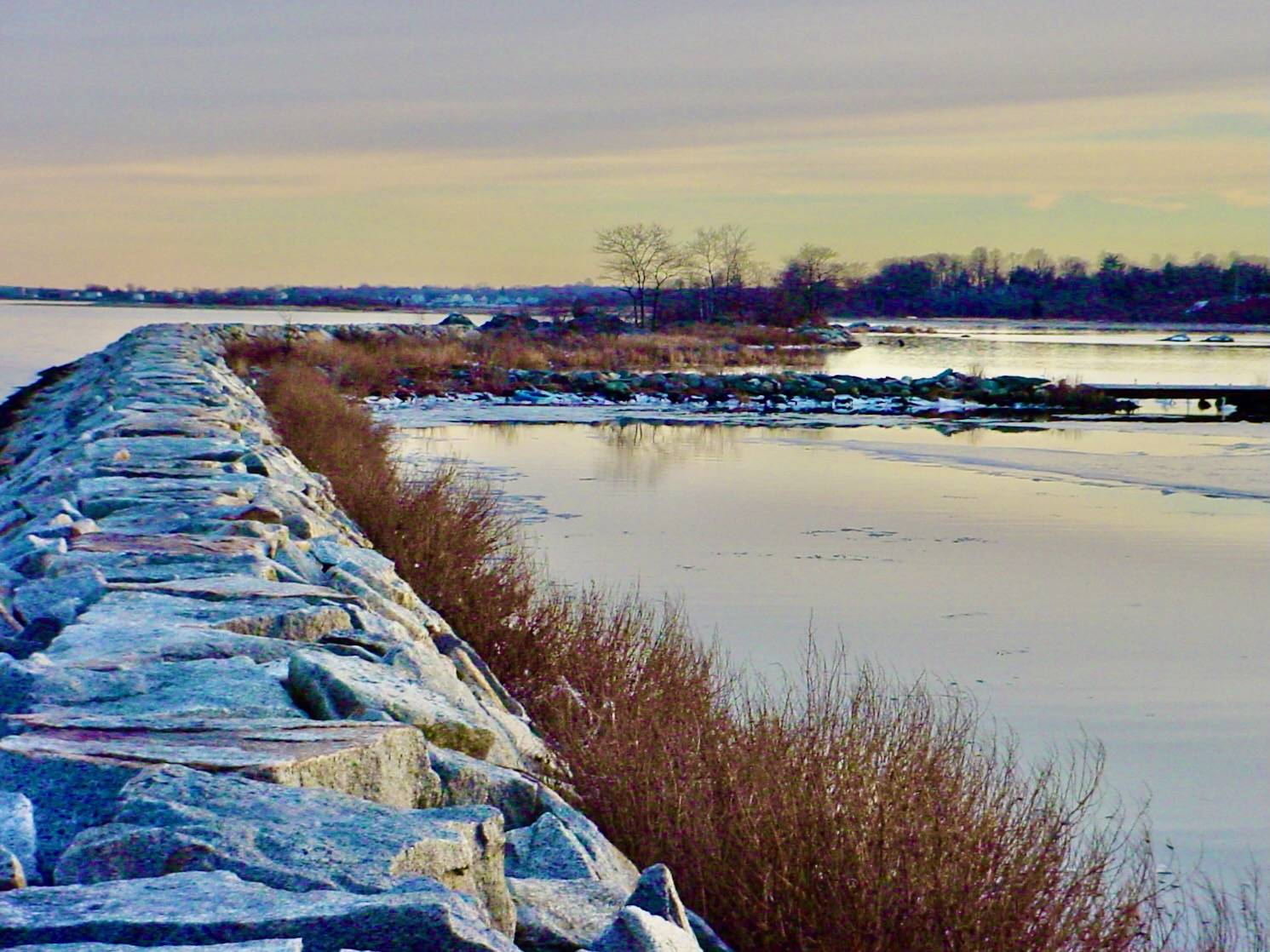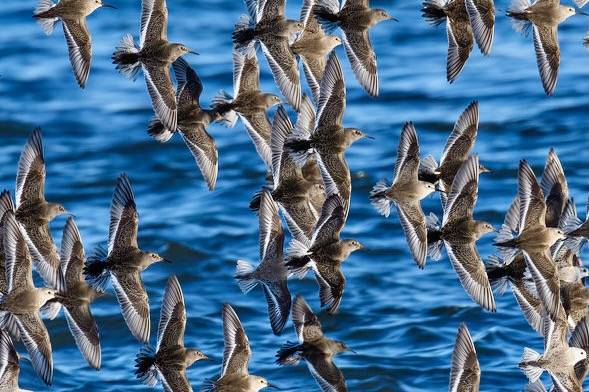Purple Sandpiper
The Purple Sandpiper was first observed at the end of December in 2002 at Salter Grove. It was photographed on the northern arm of the breakwater on the side of the Providence River. Available bird records for the park through the end of 2023 did not include any additional sightings.
It is surprising that it showed up at all because the park has neither the pounding surf, nor seaweed encrusted rocky coastline characteristic of its preferred winter habitat. The Purple Sandpiper has the northernmost wintering range of all shore birds along both the American and European coasts. Although a few may winter as far south as North Carolina, or France, the majority are found in the frigid North Atlantic.
The long and slightly decurved beak of the Purple Sandpiper is ideal for picking through the mosses and lichens that are integral components of tundra vegetation. It is equally effective in flipping over strands of seaweed growing on rocks, or probing tidal debris on beaches. Its long list of prey items includes many species of small crustaceans, flies, mussels, sea snails, and marine worms. Its habit of foraging on intertidal rocks pounded by surf means it never has to worry about its feeding grounds being obstructed by snow and ice.
It breeds on the tundra of Arctic Islands in northern Canada, the coastal areas of Greenland, and Northwestern Europe. Nest building is minimal. The female chooses one of several scrapes made by the male on mossy ground to lay eggs. Unlike other shorebirds, the male does most of the incubation and the female leaves as soon as eggs begin to hatch. The young can walk very soon after hatching and are cared for thereafter entirely by the male.
In most other bird species where one parent absconds before the young are independent, it is usually the female that is left caring for the young. There may be multiple mates during one season, or there is a new mate each season. It is therefore surprising that long term studies by European researchers revealed that the Purple Sandpiper mates for life. The rather challenging breeding and winter habitats do not seem to negatively impact longevity. The oldest individual recoded in Sweden was over 20 years old!



